Dear Prime Minister, Premier and Ministers,
I am writing to you collectively to draw your attention to a hitherto unperceived threat to the biodiversity values in Australia’s planted forest estate, both softwood and hardwood. This threat exists in all forested states with planted timber resources, but is most problematic in New South Wales, and threatens the sustainability of Australia’s plantations, as well as challenging the country’s credibility as a signatory to the Glasgow Declaration to combat deforestation.
In summary, small areas of remnant native forest, and regrowth native vegetation within designated plantation areas, are being cleared and converted to plantation. These areas, by definition, contain significant biodiversity values in and of themselves, as they are located in highly fragmented landscapes, and while some are connected to surrounding ecosystems, many are isolated refugia within an otherwise highly modified environment. They provide habitat for important flora and fauna, notably the koala, and are now even more important given the overall loss of habitat in the wake of the recent bushfires.

In some instances, these areas have survived since before plantation establishment, in others native vegetation that has been heavily disturbed has regrown and become a functioning ecosystem once again. They exist along a continuum of ‘intactness’, but are all critically important for the integrity, and structure and function, of ecosystems at a landscape level. Without them, the environment is significantly impoverished.

States have recognised the values of these areas to a greater and lesser extent, but in most instances have developed policies and frameworks to ensure they are identified and protected, and have differentiated them from plantations. In turn, to avoid confusion, most states have defined plantations to ensure they are understood as areas of planted trees, established for the purposes of wood production. Nevertheless, regrettably, there are examples in all states where these areas have been cleared and converted to plantation, either through confusion with plantations, due to similar species, or plain oversight.
Unfortunately, New South Wales went down a different path during the plantation establishment period of the 1990s and early 2000s, and included silvicultural (post-logging) regrowth, and seeded forests, as well as planted trees, within its plantation definition. This has allowed for whole forest areas, which in other states would be understood as native forests, to be included within the plantation estate. In addition, areas of native forest have been annexed into plantation areas to be managed as plantation timber, and areas of plantation with native forest within them have been reclassified as native forest to be managed as non-plantation, i.e., State Forests.
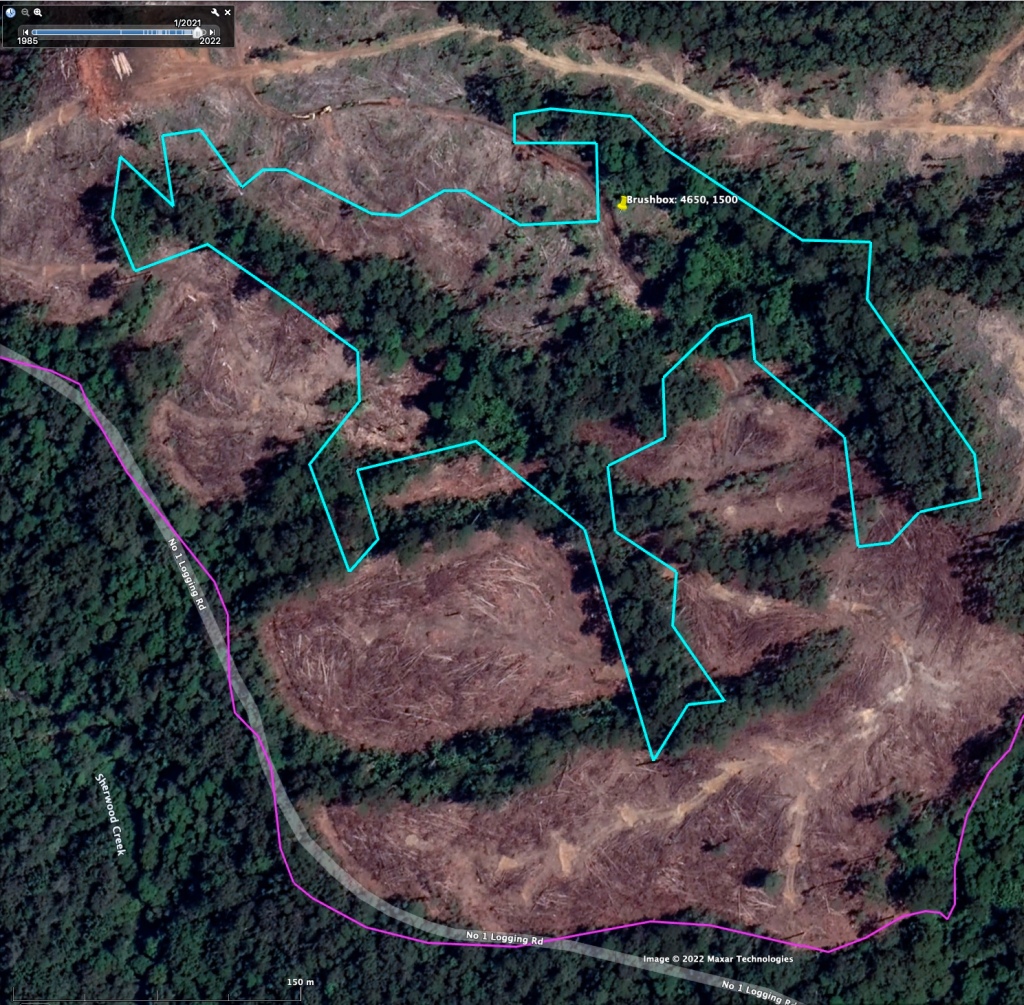
On the legislative front, New South Wales is largely out of step with other states, as its Plantation and Re-afforestation Act (PRA) and Code are both out of date, and no longer fit for purpose. The PRA, rather than addressing the protection of native vegetation by putting limits on clearing inside plantations as originally intended, makes no mention of conversion or deforestation, and instead provides a whole series of exceptional circumstances, which allow conversion to occur. Areas of less than one hectare may be cleared, areas over thirty may be offset, original trees of minimum and maximum diameters may also be removed, native forest may be included for plantation design purposes, and so forth. By the time these exceptions are taken into consideration, only rocky areas (with rocks above certain levels of size and extent), are included. While the (agriculture) Minister may intervene if special biodiversity values are affected, determining those values depends on regional vegetation schedules, and preclude interventions if exceptional circumstances are invoked. In a similarly problematic arrangement, the Environmental Protection Authority does not have jurisdiction over plantation areas, while the Department of Primary Industry does, but does not have specific expertise or powers to address the removal of oldgrowth, rainforest, koala habitat, remnants, or other sites of biodiversity significance, other than under the provisions of the Act and Code. Nor is there a formal, legally clarified role for public stakeholder consultation regarding plantation management.
To make matters worse, NSW public and private hardwood and softwood plantations are located with zones of establishment referred to as the ‘plantable area’, which is almost 400,000 hectares in extent, contains approximately 200,000 hectares of softwood plantation, 40,000 ha of hardwood plantation, and 10,000 [Correction: 36,822*] ha of what is referred to as ‘retained vegetation’, leaving around 150,000 ha of land, mostly native forest and other native habitats, potentially available for conversion.
In short, NSW has created for itself a definitional mess which threatens to impact significantly on biodiversity values, damage Australia’s international reputation, and affect sales of otherwise sustainable plantation timber. Given this situation, private systems of environmental governance, most notably timber certification, have moved relatively quickly since being alerted to this problem, and have put standards in place to ensure remnant forest and native vegetation is protected, and areas of regrowth with high conservation value (for example koala habitat) are also set aside. In the case of one certification scheme, companies in receipt of plantation timber from NSW forest managers must demonstrate what measures they have in place to ensure supply chains are not contaminated with conversion timber (‘controlled wood’), while another has now mandated the protection of remnants regardless of size, or condition.
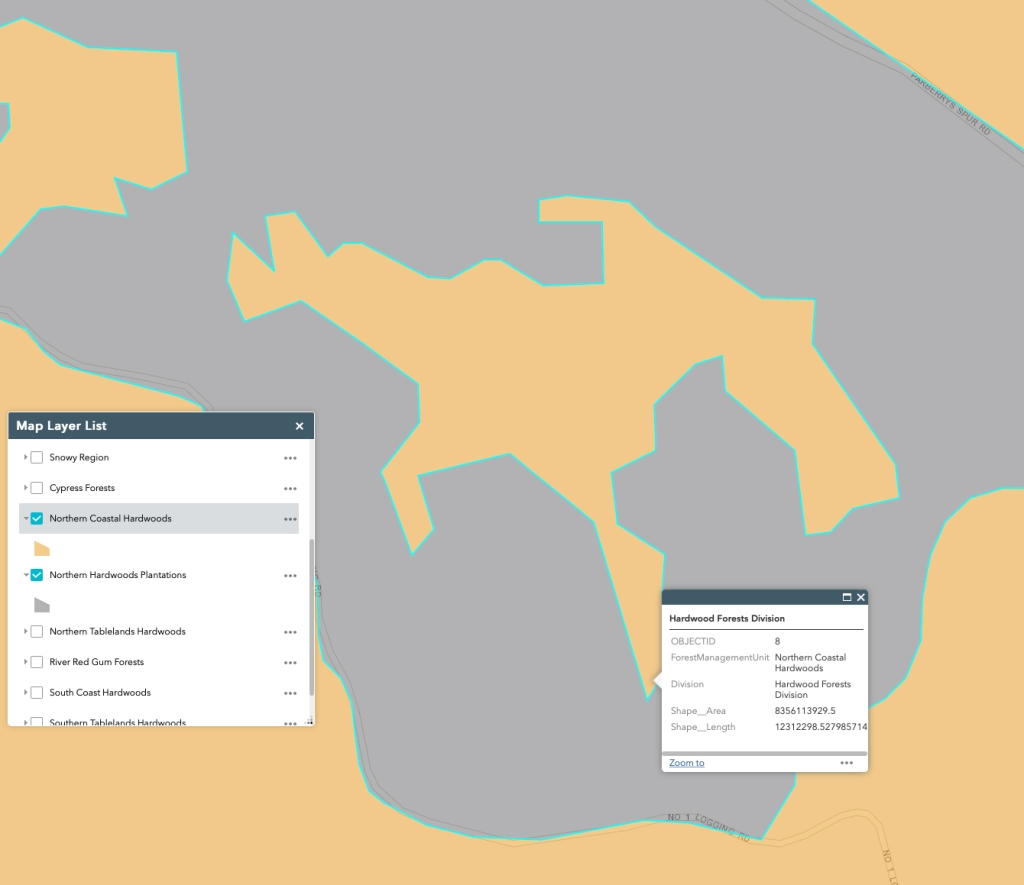
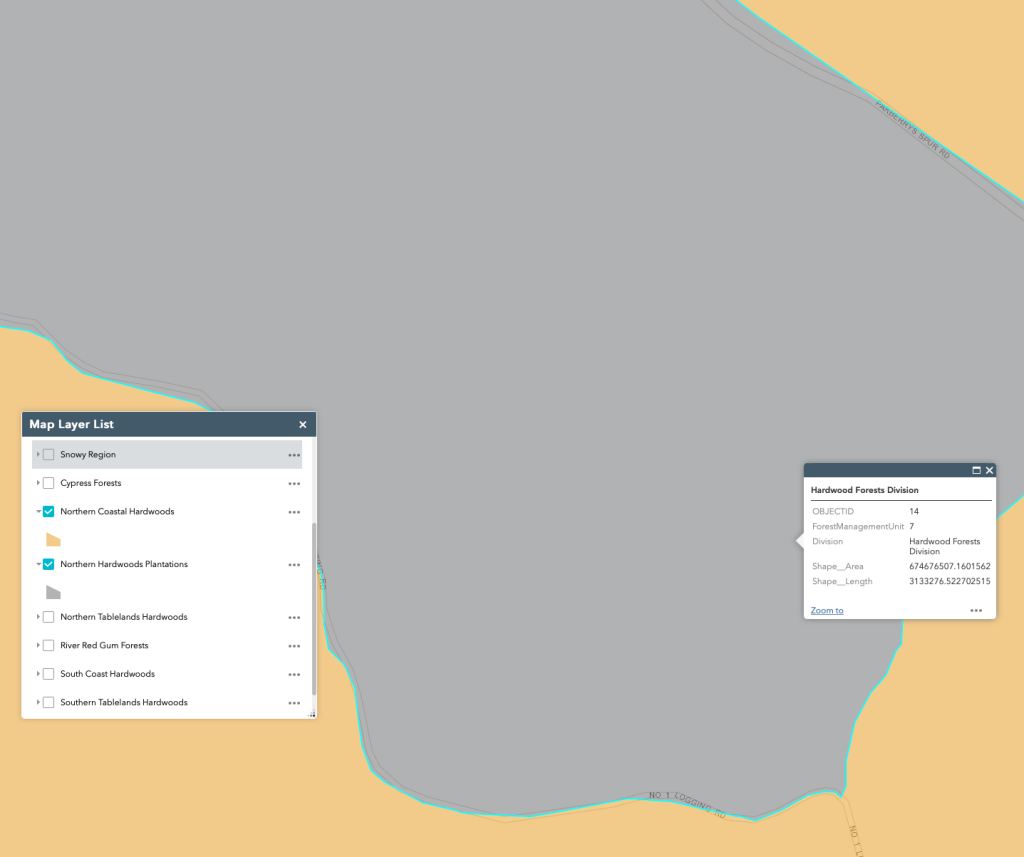
As a consequence, plantation managers are relying on private certification schemes to provide international and national markets with quality assurance, and managers who are not certified, while legally compliant, are still engaging in plantation conversion, resulting in both deforestation (wholesale removal of remnants and regrowth native forests) and forest degradation (damaging forest remnants).
The NSW State plantation manager, the Forestry Corporation of NSW, has commenced a process of consultation with experts and stakeholder representatives to address the problem of identifying, mapping, and protecting remnant forest. But without changes to the PRA and Code to bring them up to date with national and international norms, there is no guarantee these areas will be protected into the future.
The rules governing regrowth (secondary native forest) within plantations – not defined in the Act and Code, and referred to simply as ‘ingrowth’, a misnomer in many cases – are similarly problematic. This process of negotiation with the state manager does not include other, private, managers. Consequently, conversion will continue, as the regulatory environment allows it, and not all managers are certified.
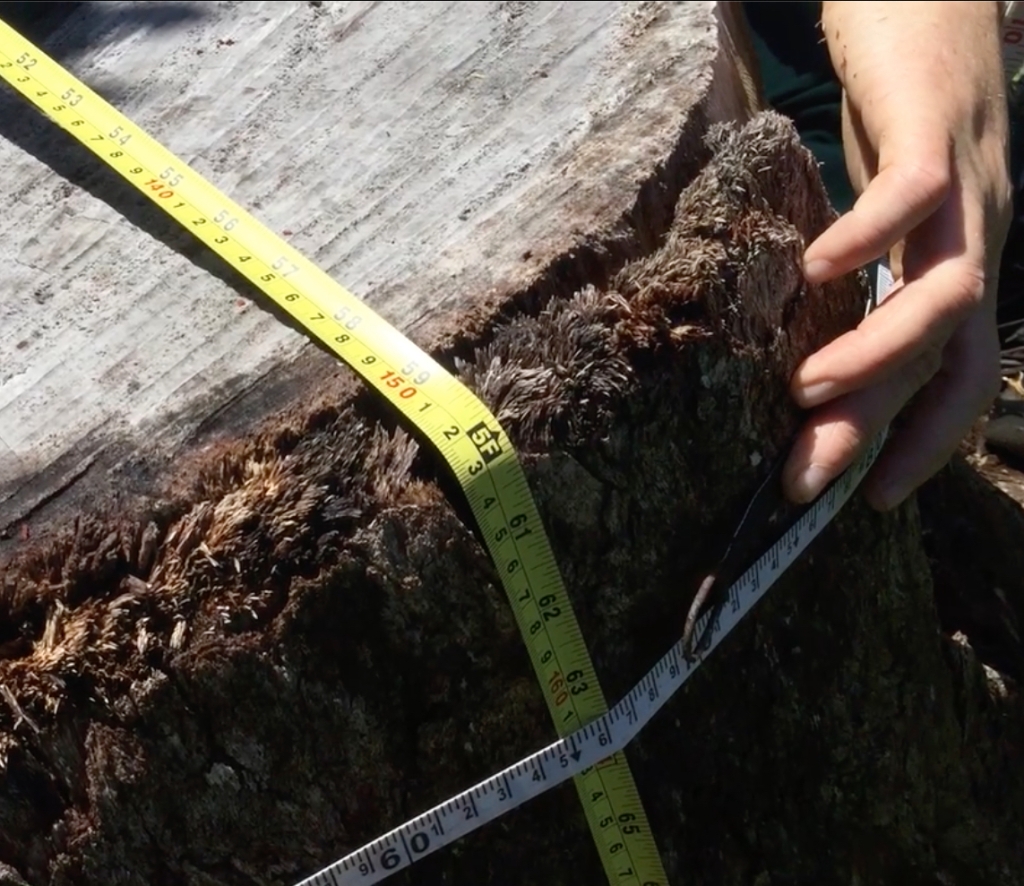
Recently, NSW Minister Sharpe has stated:
“In particular, I put on record the issue of Pine Creek. Within those areas plantation forests will be harvested. I make it very clear that Labor supports plantation forestry. Those trees were put in the ground to be harvested. We must be very clear about what is plantation and what is native forestry and the way in which that is managed throughout the process of creating the great koala national park. It is not Labor’s intention to have plantation forests included within the great koala national park.”
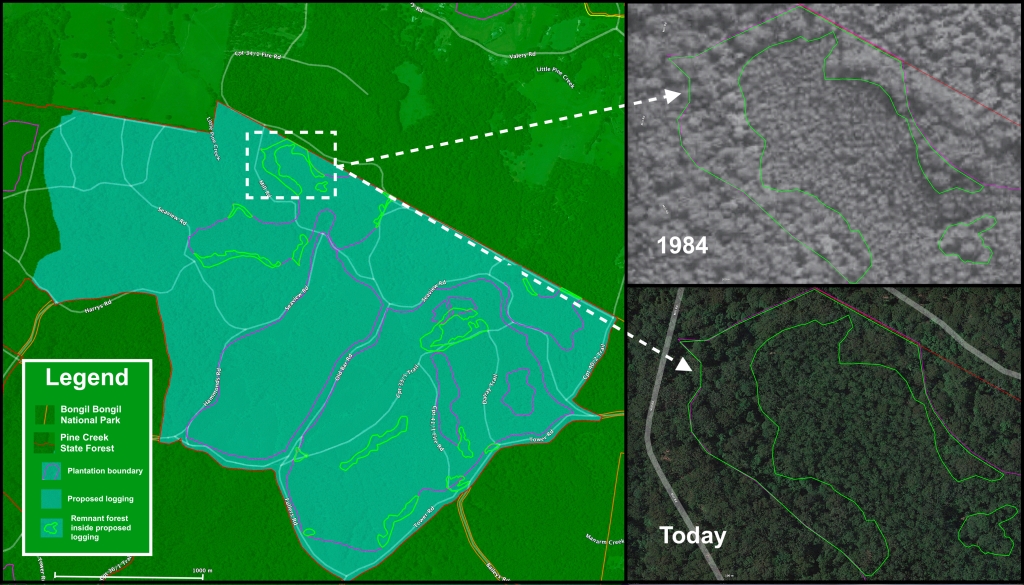
Given the information provided the following points should be noted:
- Hardwood plantations within the proposed Great Koala National Park are generally not actual (i.e planted) plantations; this the case with hardwood plantations across the state.
- Many of the plantations within the proposed park are regrowth forests, either from previous native forestry operations, and/or seeded, not planted; this the case with hardwood plantations across the state.
- Almost all plantations, softwood and hardwood, whether planted or otherwise zoned as plantation contain remnants of original forest within them, which are not adequately protected by legislation.
- Where plantations are regrowth, seeded or not planted, native flora and fauna, notably the koala, inhabit these forests and will be impacted by forestry operations. There is no functional ecological difference between the two, and flora and fauna cannot tell the difference.
I am therefore recommending and requesting that:
The Federal government
- Acts to ensure that all remnant vegetation within plantations, regardless of condition or size, is recognised as having significant biodiversity value, and is not permitted to be removed or converted;
- Includes recognition of remnant vegetation and its conservation status and management requirements under the Environmental Protection and Biodiversity Conservation Act and associated standards;
- a) Only supports and provides funds to plantation establishment where plantations are made up of trees, planted for the express purpose of wood production and b) stipulates that no native forest or forest remnants are converted within plantation boundaries and c) if such areas exist, they are expressly mapped and protected;
- Collaborates with the States to ensure a nationally consistent definition of plantation which excludes native forests.
The NSW government
- Investigates the public and private plantation estate of NSW to map, identify and protect remnant native forest, other remnant native vegetation, and areas of native forest and other vegetation of high conservation value to ensure it is identified, mapped and protected;
- Changes the PRA and Code to rule out any conversion of remnant native forest, native vegetation, and areas of high conservation value and special biodiversity value;
- Changes the definition of plantation under the Act to make it consistent with international and national definitional norms, to ensure only trees expressly planted for wood production are established and zoned for plantation;
- Moves to immediately suspend all forestry operations, native forest or otherwise, within the proposed Great Koala National Park, to ensure no areas of koala habitat are impacted by forestry operations.
Without these changes, Australia’s reputation as a provider of sustainably managed plantation wood products will continue to be adversely impacted, native flora and fauna will be impacted, and the nation will not be in alignment with the aspirations of the 2021 Glasgow Declaration.
Given these issues and requests, I am asking for a meeting and I look forward to hearing from you,
With Best Wishes,
Tim
Dr Timothy Cadman
Adjunct Senior Research Fellow
Griffith University
Sent to Ministers Watt, Plibersek, Sharpe, Mookhey, Houssos and Moriarty
CC: Prime Minister Albanese, Premier Minns
* Source: FCNSW, FCNSW_Hardwood_Plantation. 2022. Provided by FCNSW on request